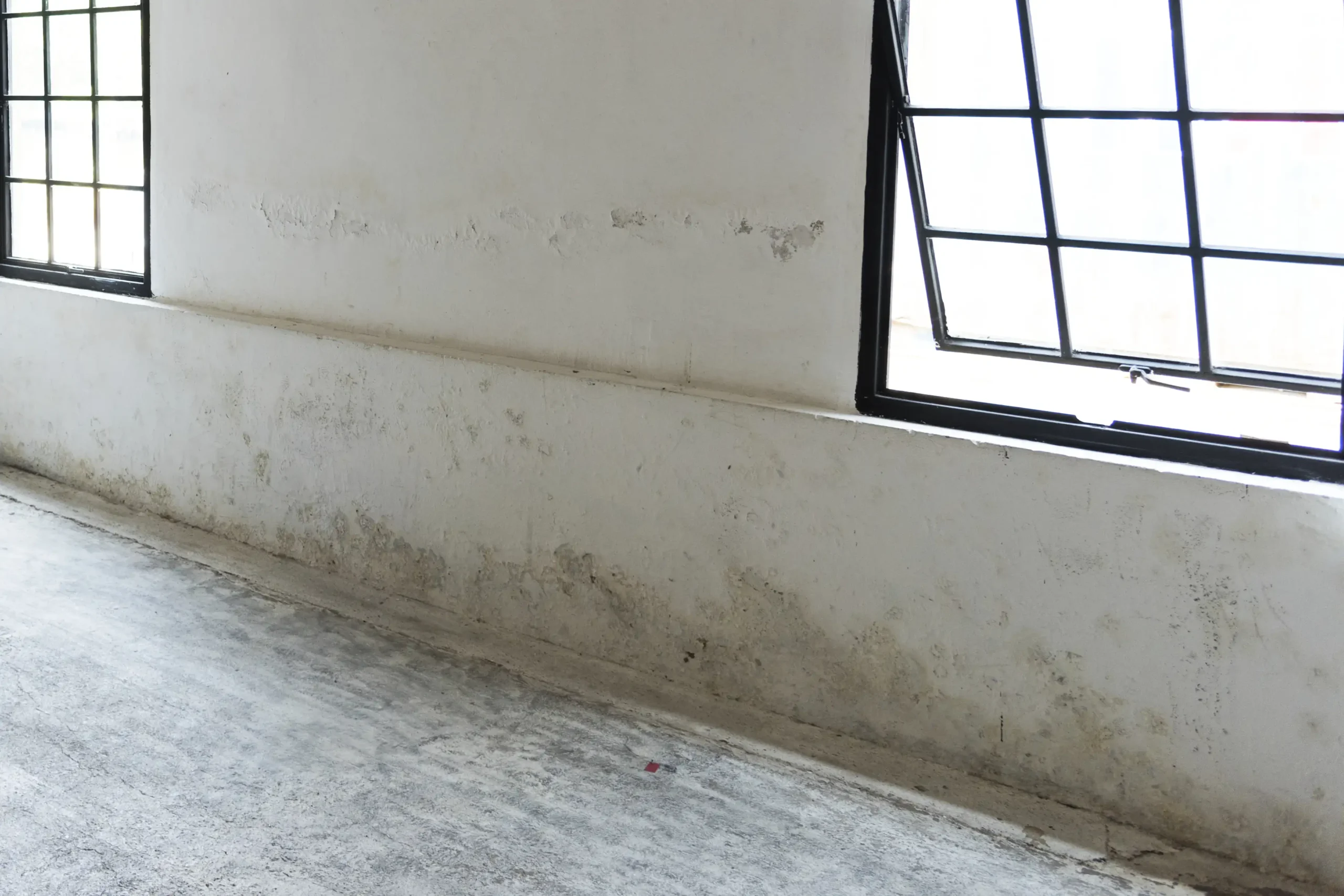The Housing Act of 2004 requires that properties should not have ‘category 1’ level hazards, as defined by the Housing Health and Safety rating system.
Legal Standards
A ‘category 1’ hazard is a situation where there is a risk that someone living in or visiting the property might need medical help within a year. Local councils can take action even for ‘category 2’ level hazards to ensure tenant health is protected. The Magistrates’ Court can prosecute housing providers and can impose an unlimited fine. Local councils may also ask for a financial penalty up to £20,000.
The Environmental Protection Act 1990 is focused on protecting people and the environment from pollutants. If damp and mould in a property are bad enough to be a ‘statutory nuisance’ – meaning they make living in a place uncomfortable and could harm health – tenants and local councils can legally challenge this. This includes situations with uncontrolled mould growth. The Magistrates’ Court has the authority to prosecute housing providers in these cases and can also issue an unlimited fine.
Changes brought by the Homes (Fitness for Human Habitation) Act 2018 to the Landlord and Tenant Act 1985 set standards that properties must not have hazards, including serious damp and mould issues. These make a dwelling unfit for living. Now, when looking at whether a home is fit to live in, the current occupant’s view is considered. A home should be safe, healthy, and without damp and mould. Tenants can take action if their home does not meet these standards, using Section 9A and Section 11 of the Landlord and Tenant Act 1985.
Landlords are advised to quickly respond to complaints. The court can order that repairs be done and that tenants receive compensation.
